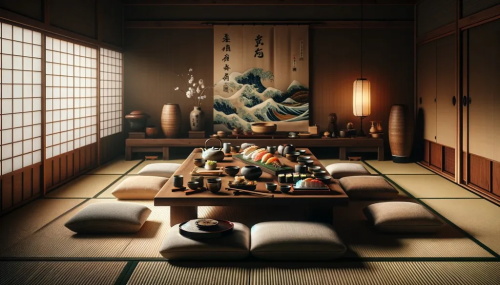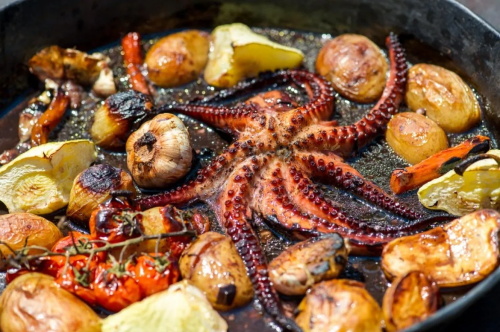
Japan’s capital city, Tokyo, is a bustling metropolis renowned for its rich culture, breathtaking architecture, and delectable cuisine. Dining in Tokyo is an experience like no other, where every meal is a reflection of meticulous preparation, exquisite presentation, and deep-rooted traditions. However, navigating Tokyo's restaurant scene can be intimidating, especially for first-time visitors. Understanding and adhering to Tokyo's restaurant etiquette is essential for a smooth and enjoyable dining experience. In this ultimate guide, we delve into the nuances of Tokyo restaurant etiquette to help you savor every moment of your culinary journey in Japan's capital.
Reservations:
In Tokyo, it is customary to make reservations, especially at popular restaurants. Many establishments have limited seating and are often fully booked, so planning ahead is advisable. Reservations can usually be made by phone, online, or through concierge services. Be sure to arrive on time or slightly early for your reservation as punctuality is highly valued in Japanese culture.
Seating Arrangements:
Upon entering a restaurant, you may be greeted by a host or hostess who will guide you to your table. In traditional Japanese restaurants, you may be asked to remove your shoes before stepping onto tatami mat floors. Seating arrangements are typically on the floor with cushions or at low tables, although Western-style seating is also available in many establishments.
Ordering:
When it comes to ordering, Tokyo restaurants offer a variety of options, including set menus (teishoku), à la carte dishes, and multi-course meals (kaiseki). Some restaurants may provide English menus, but it's always helpful to familiarize yourself with basic Japanese food terms. To order, simply indicate your choice by pointing to the menu or use simple Japanese phrases like "kore o kudasai" (this, please).
Chopstick Etiquette:
Chopsticks are the primary utensils used in Japanese dining, and mastering chopstick etiquette is essential. When not in use, rest your chopsticks on the provided chopstick rest or across your plate. Avoid sticking chopsticks upright in rice, as this resembles a funeral ritual. Additionally, passing food directly from one pair of chopsticks to another (called "passing chopsticks") is considered impolite.
Eating Etiquette:
In Tokyo, there are several dining customs to keep in mind while enjoying your meal. Slurping noodles, especially ramen and soba, is perfectly acceptable and even considered a sign of appreciation for the dish. When eating sushi, dip the fish side (not the rice) into soy sauce to avoid soaking the rice, which can compromise its texture. It's also customary to eat sushi in one bite whenever possible.
Drinking:
Alcohol often accompanies meals in Tokyo, with sake, beer, and shochu being popular choices. When pouring drinks for others, it is polite to refill their glasses before topping up your own. If someone offers to pour your drink, hold your glass with both hands as a sign of gratitude. It's also customary to say "kanpai" (cheers) before taking your first sip.
Paying the Bill:
When it's time to settle the bill, it's common for the server to bring the check directly to your table. Unlike in some Western countries, it is considered rude to leave cash on the table. Instead, take the bill to the cashier, usually located near the exit, to make your payment. Tipping is not expected in Japan and may even be refused, as exceptional service is considered standard practice.
Saying Thank You:
Expressing gratitude is an integral part of Japanese culture, so don't forget to thank the restaurant staff upon leaving. A simple "arigatou gozaimasu" (thank you very much) or "gochisousama deshita" (thank you for the meal) is always appreciated and leaves a positive impression.
Dining in Tokyo offers an unforgettable culinary adventure steeped in tradition and elegance. By familiarizing yourself with Tokyo's restaurant etiquette, you can immerse yourself fully in the dining experience and show respect for Japanese customs and culture. From making reservations to saying thank you, mastering the nuances of Tokyo restaurant etiquette will enhance your enjoyment of the city's vibrant food scene and leave you with lasting memories of your time in Japan’s capital.
Recommend:

Cappadocia Balloon Ride: Cost & Info You Need To Know

Compact Gardens, Maximum Impact: Clever Design Hacks for Small Spaces

Historic Charm: The Savoy Hotel, London's Timeless Gem

Your Month-by-Month Garden Planner to Never Miss a Beat

